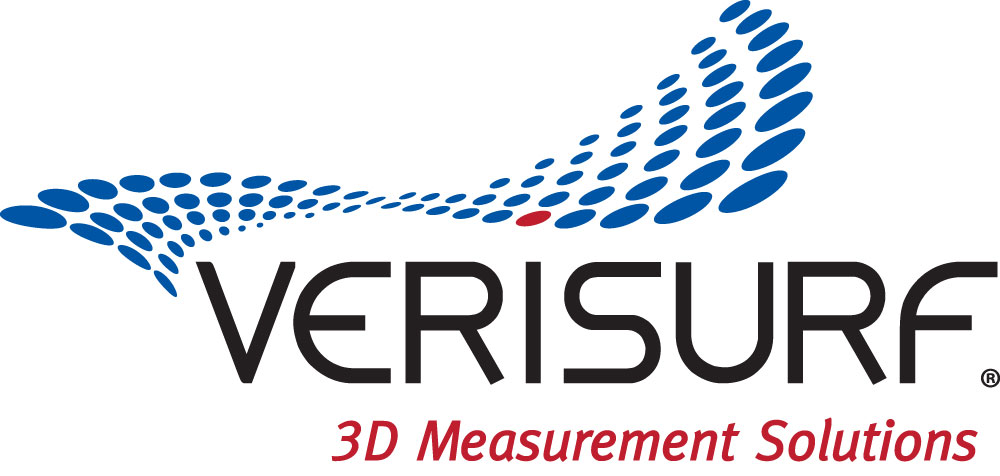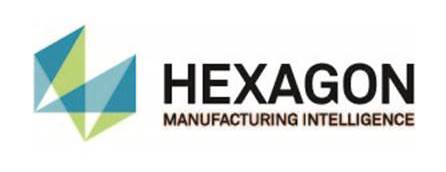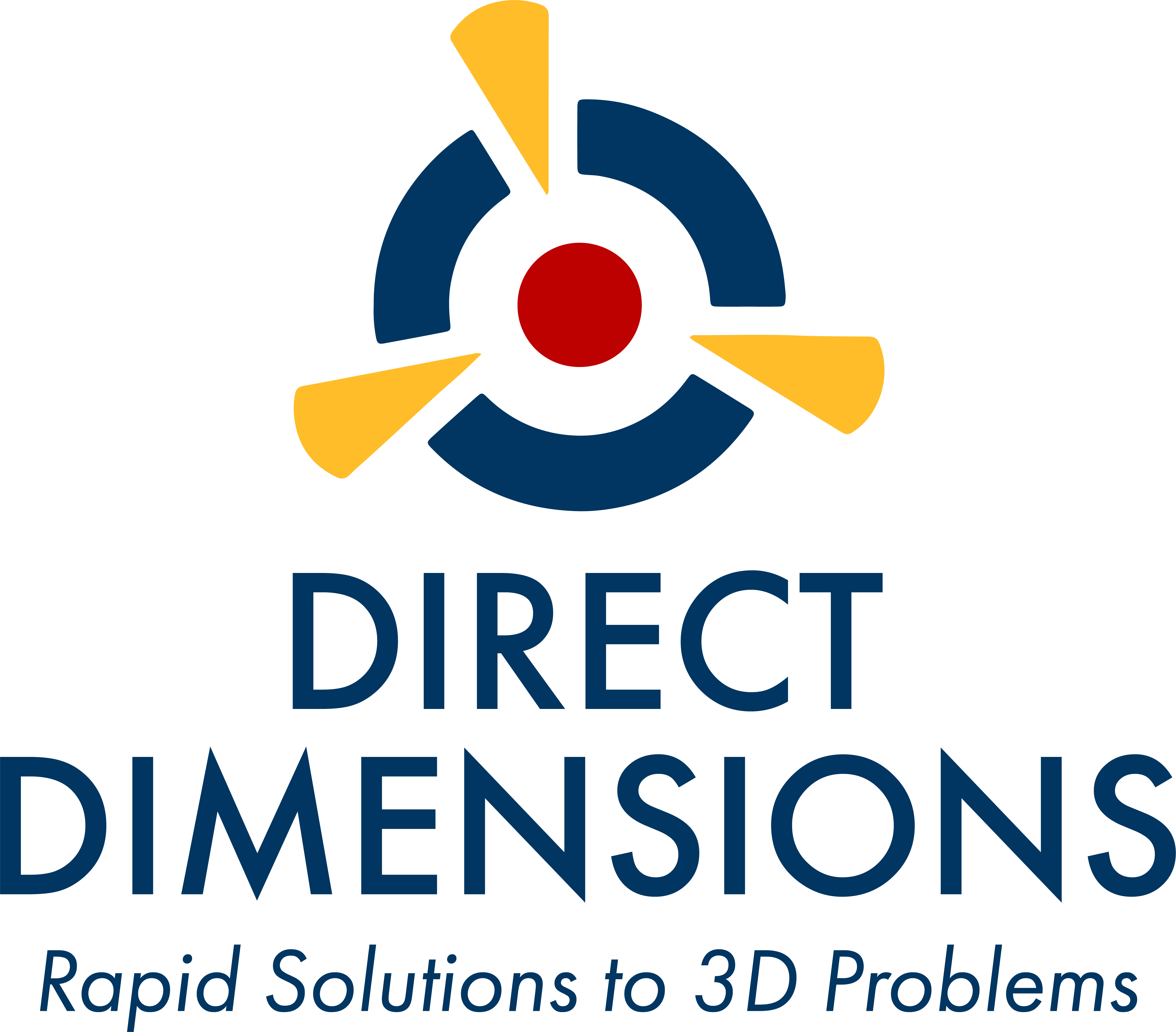Speaker Bio:
Bachelor of Electrical Engineering (74) and Masters in Physics (82) from Auburn University. Senior Member of OSA, Senior Member of SPIE, and Senior Member of IEEE. Also member of Coordinate Metrology Society, American Society for Precision Engineering, and American Society for Nondestructive Testing. First, or major, inventor of 13 US Patents and two pending applications--mostly metrology related. Also co-inventor of 11 additional US Patents. Published 10 journal articles and 14 conference papers. Worked in industry from 1974-1979. Worked in R&D, metrology, precision engineering, and intellectual property since 1982. Registered Professional Engineer and Registered Patent Agent. President, Parker Intellectual Property Enterprises, LLC.
Abstract:
Electronic distance measurement (EDM) instruments, such as laser trackers, total stations, and handheld laser distance meters have been used in a limited number of nondestructive testing (NDT) and structural health monitoring (SHM) applications attempting to measure bridge deflections and vibrations. However, a survey of the literature reveals that by far, most attempts have been by measuring elevation angles with robotic total stations. One case was found that used a Leica AT401 laser tracker, but it also measured deflections by measuring the elevation angle, i.e., like the total station cases, the measurement architecture did not exploit the higher accuracy and speed of EDM. One case was found using a non-commercial laser ranging instrument, similar to handheld laser distance meters, that did measure vertical deflections of a bridge, from the instrument fixed on the ground to a point directly above the instrument, at 200 measurements/second, with good results. Only one case reported 3D measurements, using a total station. All other cases only reported vertical deflections. Attendance at NDT/SHM conferences has revealed that most engineers in those fields are unaware of the measurement capabilities of such instruments—not one person in any of the conversations had heard of a laser tracker, and no EDM instrumentation was on the exhibit floors. The American Society for Nondestructive Testing (ASNT) produces a large number of publications, and issues NDT competence certifications, but does not include EDM instruments in any of their handbooks, training manuals, or certification requirements. A two volume set of books on SHM, published in 2012, does not list EDM as a measurement option. The 2017 Transportation Research Board Conference (TRB) did have one paper that used a Metris MV224 Laser Radar, but it was used in a girder fabrication application. A presentation on the new Federal Highway Administration NDE facilities and instrumentation did not mention any dimensional metrology instrumentation. A recurring theme in the literature is the effort spent trying to determine if a particular total station was capable of measuring with sufficient resolution and frequency to determine bridge deflections and vibrations. Results of the literature survey are reported in detail in a paper to be presented at the SPIE Smart Structures NDE Conference in March 2017. Based on the literature, it is clear that present manufacturers’ instrument specifications do not meet the needs of NDT and SHM researchers. In some cases, the specifications may be artificially limited, due to constraints introduced by assumptions as to how the instrument will be used, that may not apply to new and novel applications outside the conventional customer base. Suggestions are made as to what instrument manufacturers could relatively easily do to provide meaningful specifications, for currently available instruments, to early adopters in potentially huge blue ocean markets. Example fill-in-the-blank templates are provided as a starting point. An argument is made for the need for high accuracy 3D measurements for NDT. In addition to bridge applications, other novel applications are suggested. For example, NDT of pressure vessels, cranes, amusement park rides, cranes, and tensioning/detensioning concrete.






